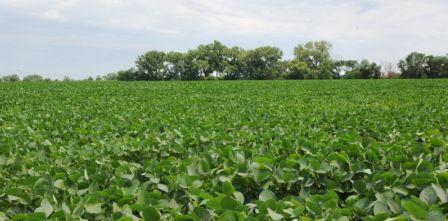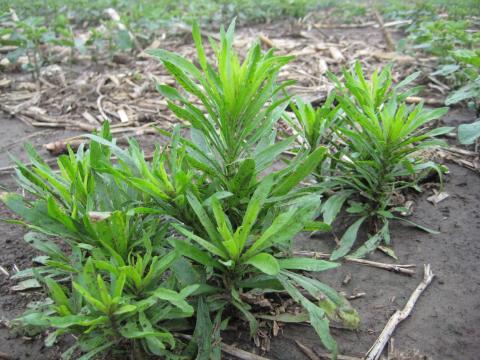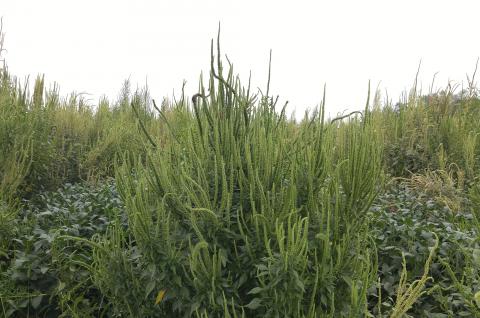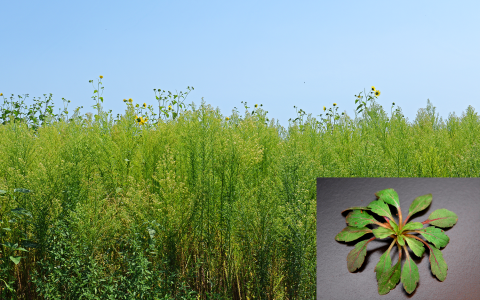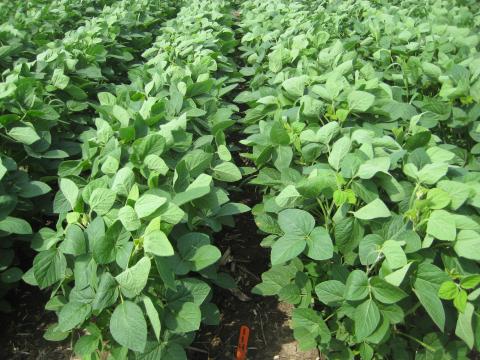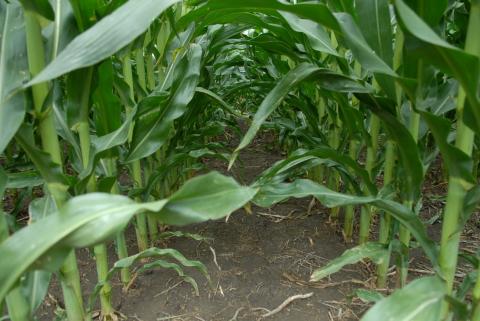Planting Soybean after Soybean (Part 1): Planting Considerations
April 13, 2017
Farmers are increasing their soybean plantings for 2017, which likely means some are shifting to soybeans-after-soybeans. This article looks at what you should be considering at planting time as you consider changing your cropping sequence.
Planting Interval of Corn and Soybean after 2,4-D/ Dicamba Burndown Application
April 7, 2017
With cold, wet conditions in March, many producers may be facing a smaller than expected window for making their herbicide burndown applications in April. This makes timely applications now even more important to provide for a proper interval before planting this year.
Status of Herbicide-Resistant Weeds in Nebraska
March 20, 2017
Nine weed species in Nebraska have now evolved resistance to at least one group of herbicides. Six weed species — common ragweed, common waterhemp, marestail, kochia, giant ragweed, and Palmer amaranth — have confirmed resistance to glyphosate. Rotate herbicide sites of action and weed control practice to avoid contributing to this trend.
Glyphosate-Resistant Palmer Amaranth Confirmed in South-Central Nebraska
March 15, 2017
Palmer amaranth (Amaranthus palmeri S. Wats.) is a C4 dioecious species (separate male and female plants) native to the southwestern United States.
When is a Good Time to Scout and Control Glyphosate-Resistant Marestail?
March 8, 2017
Marestail, also known as horseweed or Canada fleabane, is a winter or summer annual weed in Nebraska. Historically, marestail was found in waste area, field edges, along roadsides, and railway tracks; however, no-till crop production systems over the last 20 years favor marestail germination and establishment in agronomic crops in Nebraska.
New Soybean Herbicides for 2017
March 6, 2017
Information on new soybean herbicides, incuding their modes of action
New Corn Herbicides for 2017
February 24, 2017
Information on new herbicides for corn that will be available for the 2017 crop production season.
2017 Chart for Selection of Herbicides Based on Site of Action
February 2, 2017
Management of glyphosate-resistant weeds is now the greatest challenge for Nebraska crop producers and land managers. The 2017 Herbicide Classification Chart from Take Action Against Weeds is an easy means for identifying herbicide site of action to avoid repeated use of the same action on the same field.


